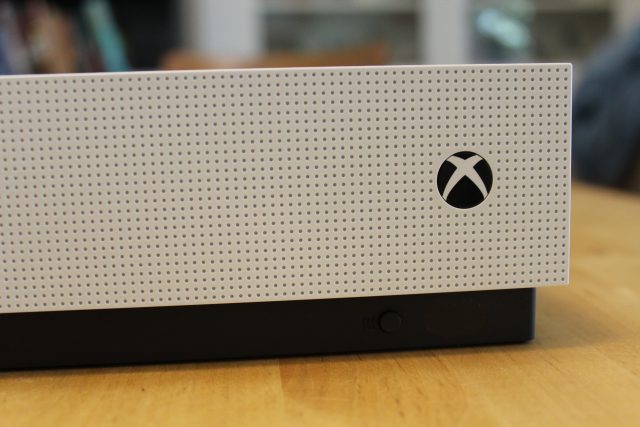
Last month, we learned that Microsoft is developing a pair of new Xboxes for release in 2020 under the codename Scarlett. One system will be a full console; the other will be a cloud-connected system for streaming games. Today, Brad Sams at Thurrott.com has more to say about that streaming box.
We know Microsoft has been interested in developing a streaming service for many years. At this year's E3, the company reaffirmed that it's working on a streaming service that will allow games to be run in the Azure cloud and streamed to a relatively simple set-top box. This makes the end-user hardware much cheaper, but it has a consistent problem: latency. Every button press on the controller has to travel over the Internet to the server before it can be processed, and every frame of video similarly has to make the reverse trip before it can be seen. For games that don't rely on twitch reactions (RPGs or turn-based games, say) this is no big deal. But for games like first-person shooters, it's a huge problem.
According to Sams, Microsoft's solution is that the Scarlett Cloud box (as one person called it) will have some amount of processing power of its own. Not enough to run full games, but enough to do collision detection, input handling, and some amount of graphical processing locally without having to wait for the remote server. To do this, games are split into two parts (referred to as "slices" or "splices")—one part runs in the cloud; the other runs on the console.
The result is that Scarlett Cloud is apparently suitable for a wide range of games, even those that would normally be considered too latency-sensitive to be streamable. In fact, Sams reports that every Scarlett game will run on every Scarlett device, so streaming gamers won't be left out.
The downside to this approach is that it makes the hardware more expensive than if it was purely a dumb streaming device, but it's still markedly less expensive than a full console would need to be. Streaming games will of course require some kind of a subscription to play. This recurring revenue is a big part of why the company is interested in streamed games in the first place.
reader comments
199